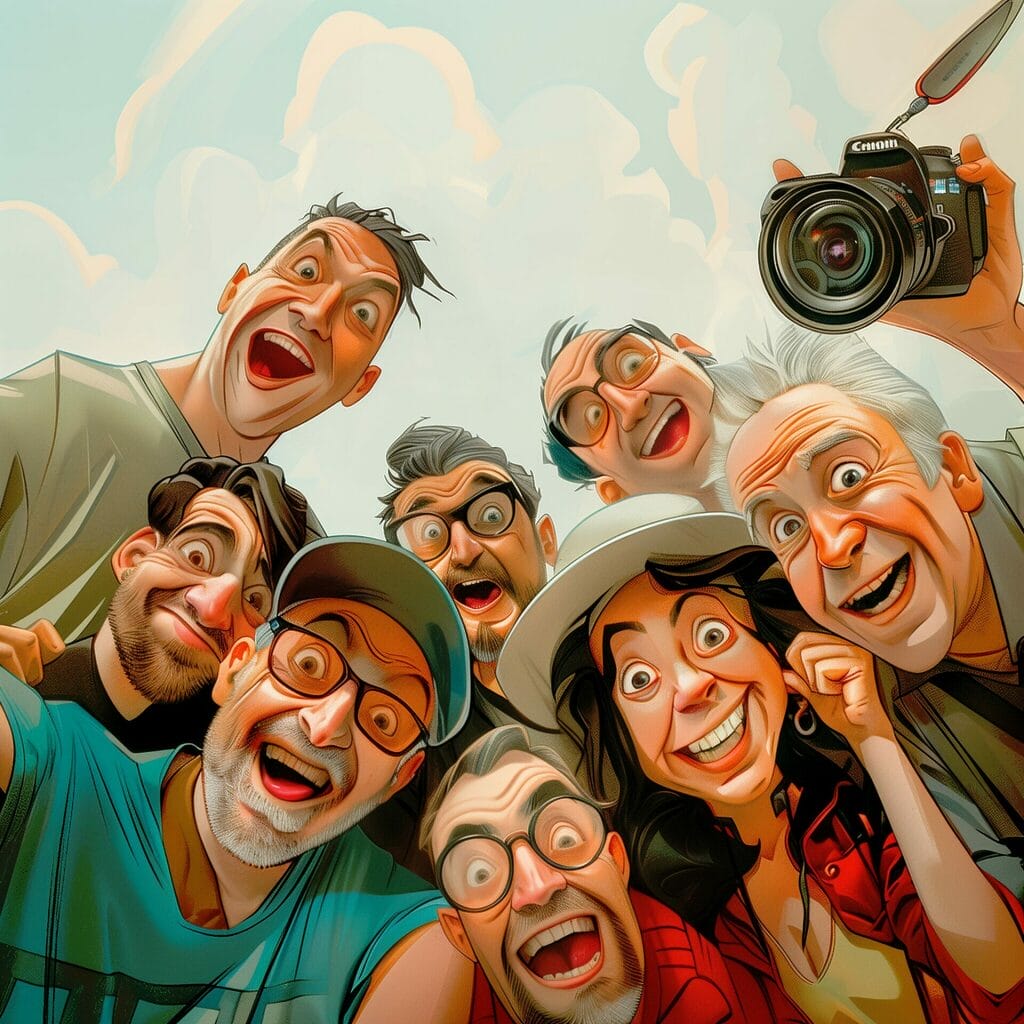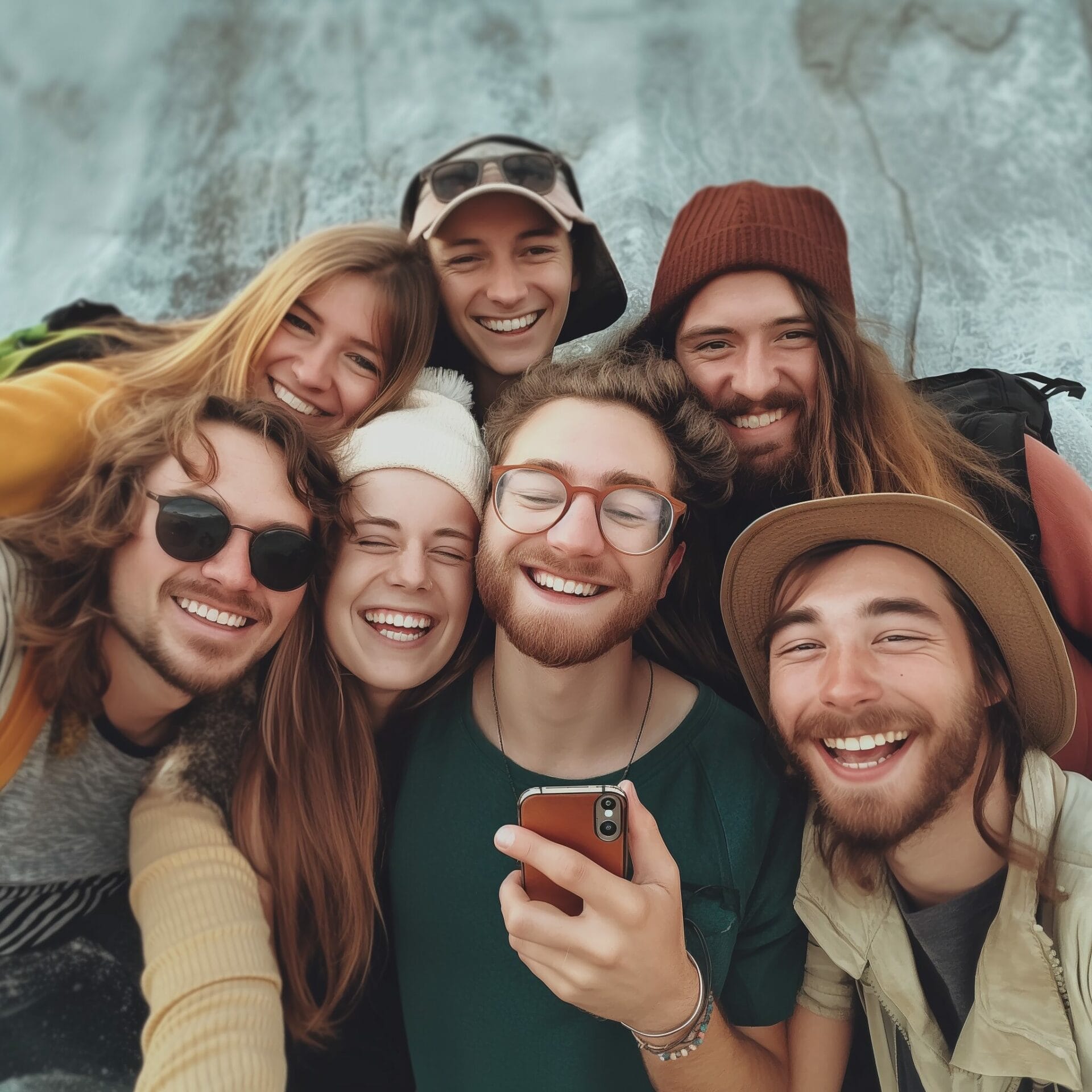One thing I truly dislike is having to force a smile for a photograph, and especially the social expectation to do so.
The social expectation of smiling in photographs is a phenomenon that has always caught my attention, prompting me to delve into it and write an article inviting reflection on our own behaviors.
When I see people preparing for a group photo, almost everyone automatically puts on a smile, almost compulsively, as if it were an unquestionable social mandate. A supposed unbreakable law.

A posed smile for a photograph is an artificial affair, especially today, when almost every photo is assumed to end up on social media. Participants put all their effort into displaying their smiling teeth, perhaps trying to make it seem like they’re having a blast.
Well, what we see on social media isn’t real life, but something also fake and staged, so it makes sense that it’s full of smiles that are their equivalent.
Thinking about this makes me wonder what the point of taking photographs is. If it’s about preserving the image of a moment for the future, it seems to me that it would make more sense if the photo aimed to capture the situation as it truly was. In the case of photos of people, if they were smiling or laughing when the photo was taken, it would make sense to immortalize them like that in a photo, and it would be more congruent with reality than posed smiles.
A bit of history
The equivalent of photographs used to be painted portraits. Just looking at some examples of painted portraits until the 19th century, you’ll notice that the trend was to appear with solemn and serious expressions. This was attributable to the considerable time it took to paint a portrait, and the type of subjects depicted in the paintings (usually respectable aristocrats), as well as the fact that displaying emotions openly was considered inappropriate or a sign of lack of control. Ultimately, the intention was to capture the essence of the subject, in the case of aristocrats, their presumed nobility, I suppose.
When photography was initially introduced, it inherited this standard of seriousness, and it remained so for many years. Photographic portraits were still treated as a solemn occasion, similar to painted portraits.
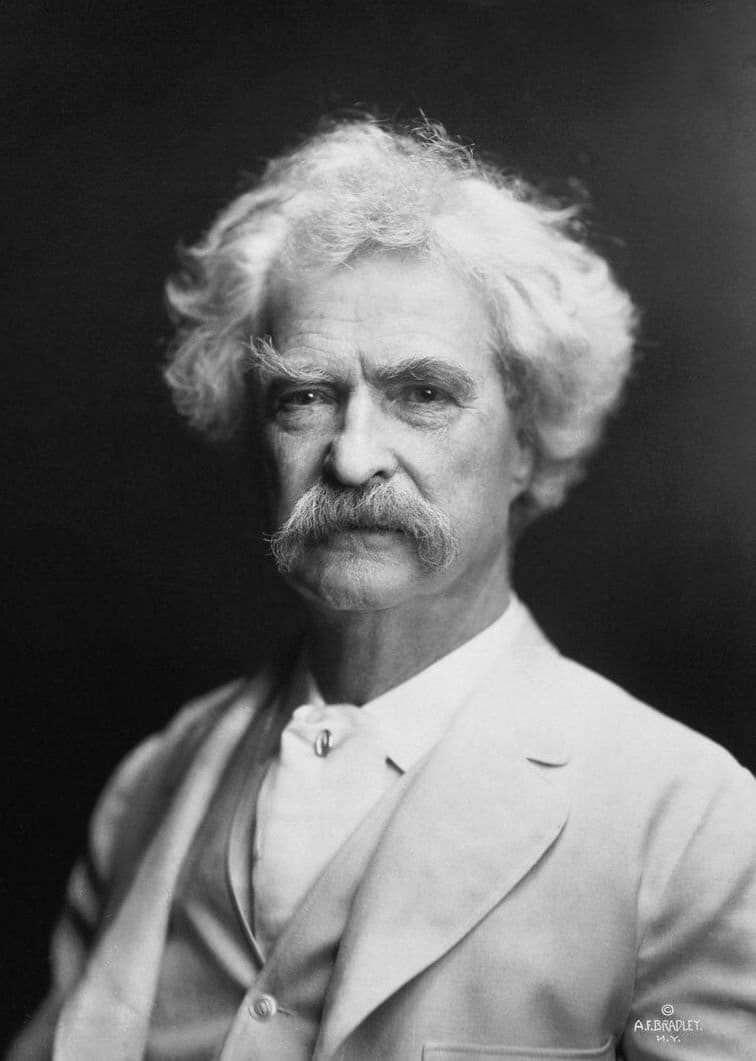
This didn’t change instantly when the first cameras became available on the market at a price sufficiently accessible for the general public.
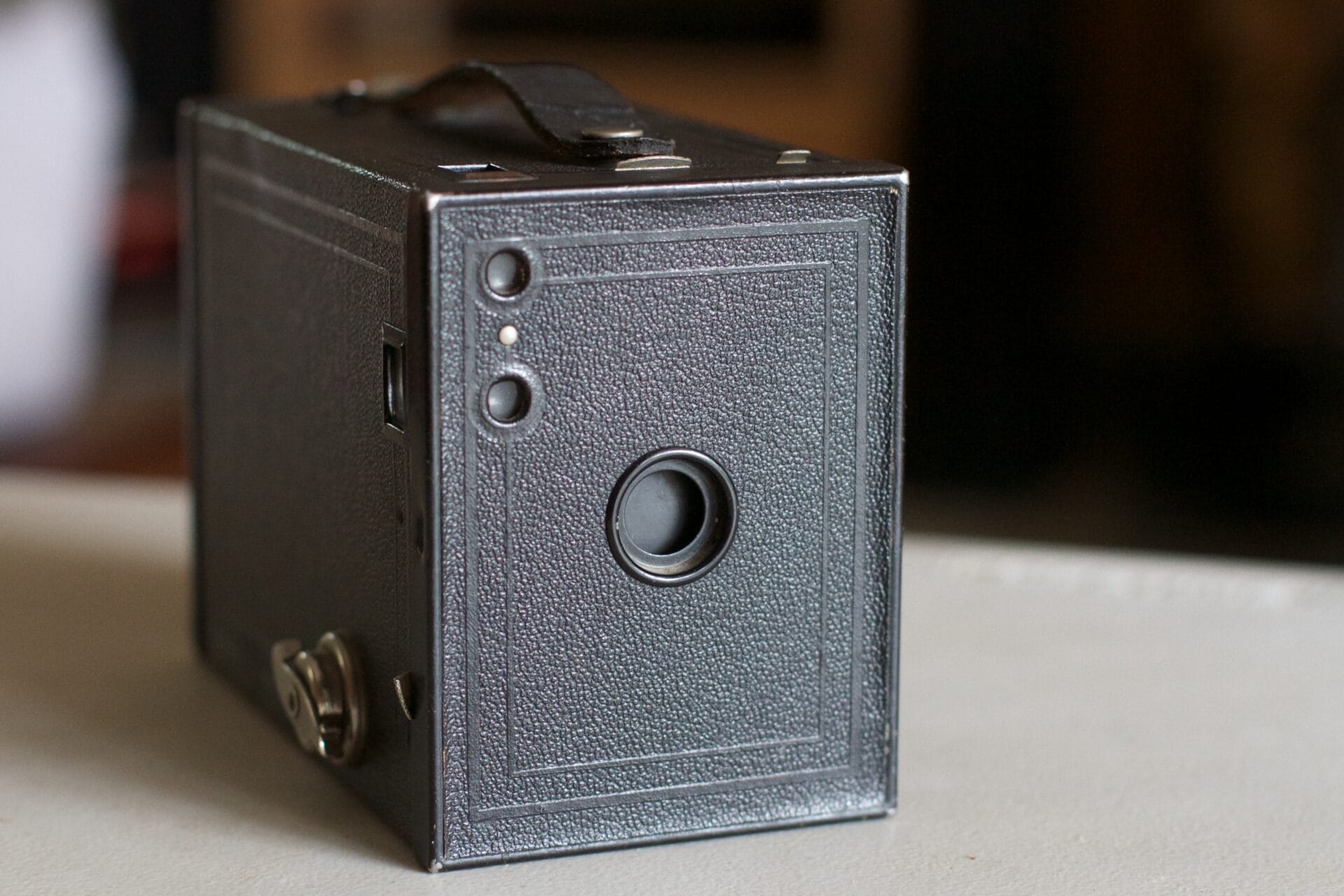
As photographic technology improved, the exposure time required to take photographs decreased, allowing people to experiment with different expressions. However, the shift towards the current standard of smiling was gradual.
One of the main factors that influenced this change was advertising and the media, which promoted images of people smiling, creating the supposed expectation of how one should appear in a photograph.
For natural and social reasons, humans imitate what they see, so when some people started smiling in photographs, following advertising guidelines, others followed suit, and thus, smiling in a photograph gradually became a contagious standard.
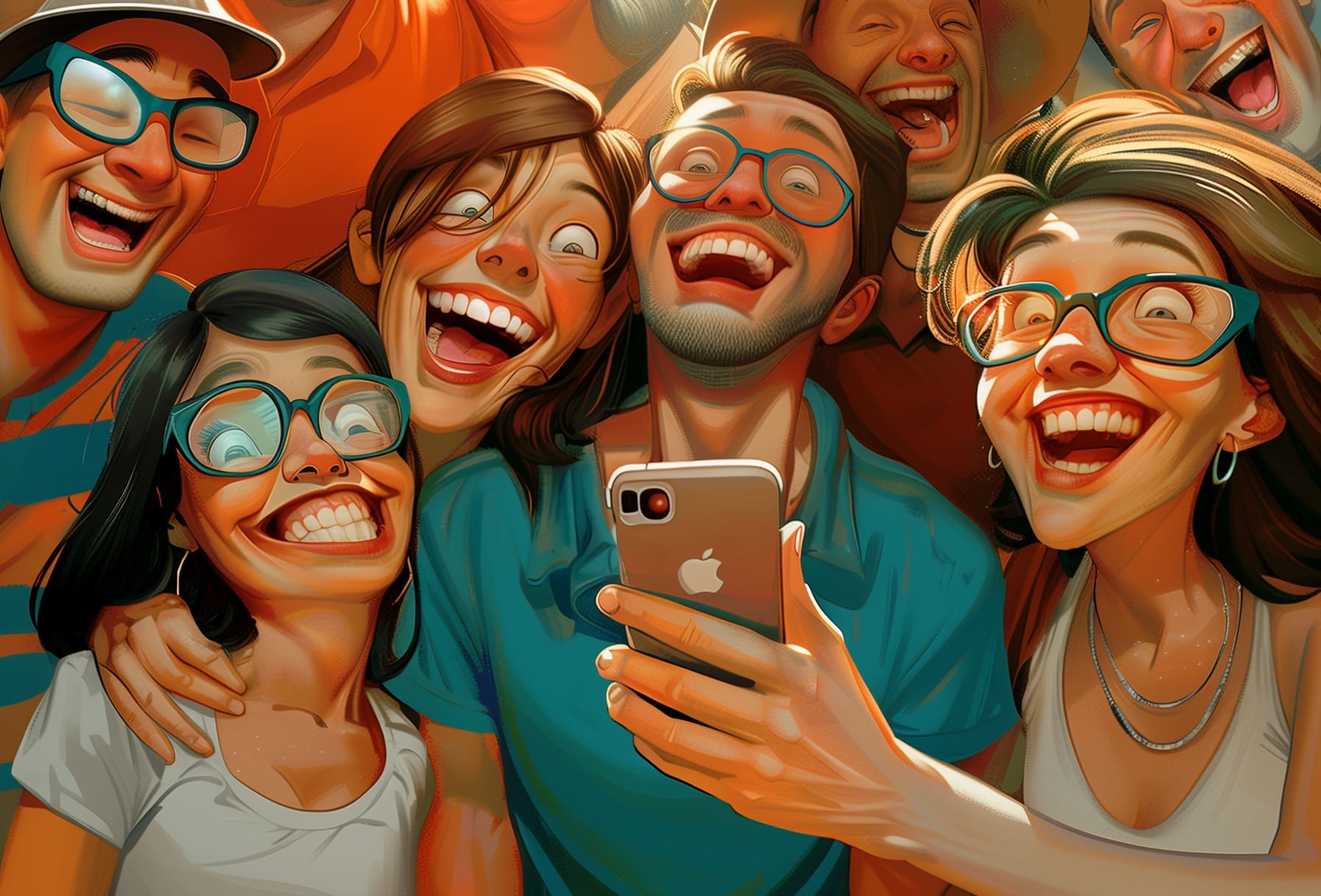
But why a smile, and not something else?
To understand this, it’s important to understand the influence that smiles have on humans. Seeing a smile automatically triggers a series of reactions that many would probably consider pleasant or enjoyable, and it has its meaning on a biological and psychological basis.
The simple act of observing a smile can release neurotransmitters associated with happiness and pleasure in our minds, such as dopamine, serotonin, and endorphins. Additionally, when someone sees a smile, usually, due to emotional contagion, they end up smiling too, which can affect their own mood. These reactions not only happen in person but also when seeing a smile in a photograph because our minds can’t fully distinguish between seeing a photo of someone posing a smile and someone smiling at us in person.
On the other hand, our perception of someone is influenced if we see them smiling, leading us to attribute, without any other reason, positive characteristics such as trustworthy, friendly, and pleasant. In this sense, we could argue that posing a smile in a photograph is a form of manipulation, aiming to present oneself positively to whoever sees the photo.
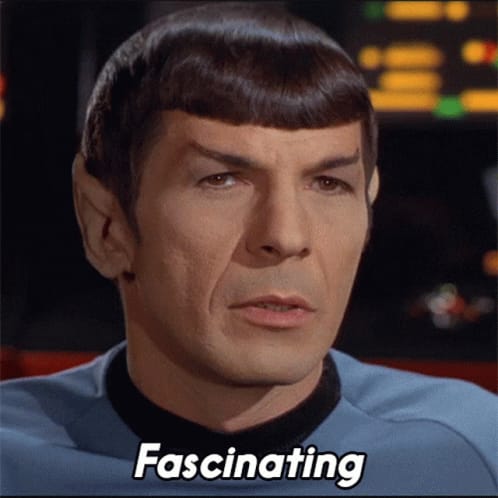
Even as I better understand some of the reasons why we’ve reached this smiling point in our human history, I wonder why people don’t question this and continue to pose smiles for a photograph automatically, without thinking?
The answer isn’t so simple, but I believe that in part, people don’t question the execution of their automatic smile when being photographed because it’s a behavior that’s already too ingrained in today’s culture, and it’s strongly instilled since childhood. Especially because “it’s what everyone does.” Most people don’t feel comfortable deviating from the norm for fear of being rejected.
Additionally, I think many probably perceive, though perhaps not as consciously articulated, the ability to manipulate the perception that these photographed smiles have on those who see them. So, in every photographic opportunity they have, they’ll strive to pose the best smile they can produce.
This brings to mind the constant reproaches I’ve received throughout my life for refusing time and time again to participate with my own smile on occasions when I’ve had to submit to a group photo.
It seems to me that those who reproach perhaps have the impression that, to start with, I’m negatively affecting the pleasure they derive from surrounding themselves with smiles (perhaps no one else ever smiles at them, now that I think about it).
But besides, I’m “ruining” the production of a photograph that later, as we’ve seen, they could use to influence how others perceive them.
And if a single smile is capable of eliciting in the viewer the pleasant reactions described earlier, we can imagine what multiple smiles, captured in a group photo, could cause. They might have a cumulative or multiplied effect.
It’s not surprising then that some participants in group photographs resent and express their disapproval if one of the photographed individuals doesn’t participate by contributing another smile to the group, preventing others from obtaining a tremendously effective and useful photograph that they could use to their advantage, especially in the era of social media.
As for me, even though I understand better the reasons for the phenomenon, I’ll continue to think that posing smiles for a photograph is something ridiculous, and I don’t plan to start doing it anytime soon. I’ll reserve my smile for matters that truly make me smile.
